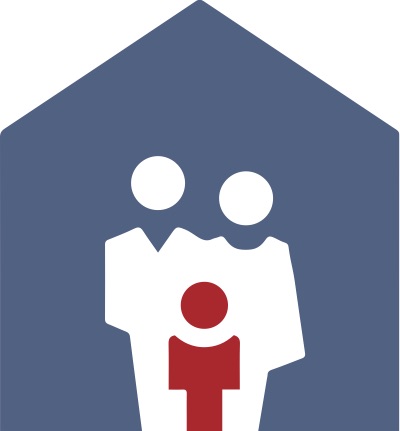The Association of State and Tribal Home Visiting Initiatives (ASTHVI ) is pleased to announce the release of its white paper, Research for Results: The Power of Home Visiting, which explores what the research shows about how voluntary home visiting programs and practices are evolving and improving outcomes for vulnerable children and families.
Funded by the Robert Wood Johnson Foundation and the Heising-Simons Foundation, the white paper highlights research findings from peer-reviewed studies that can help government policymakers, home visiting practitioners, and others realize the full potential of the 2010 Maternal, Infant, and Early Childhood Home Visiting (MIECHV) legislation. This critical piece of legislation provided the first federal funding for a comprehensive state and Tribal-based system of voluntary home visiting services. These services include data collection and evaluation, research, and continuous quality improvement.
With the support of MIECHV, home visiting services and programs, developed and implemented at the local level, can help ensure that parents, babies, and young children have the tools and resources needed during this critical time of early childhood development. These supports can help parents to break the cycle of multi-generational poverty and lay a foundation for their child’s future health, education and lifetime success. The white paper includes findings from 33 studies examining outcomes in the six MIECHV benchmark areas. These include maternal and newborn health; child injuries and maltreatment; school readiness and achievement; crime or domestic violence; family economic self-sufficiency and coordination and referrals. They describe evaluation results from a broad range of evidence-based models, approaches, and geographies that illustrate the power of home visiting in generating these results.
In sharing these findings and identifying models that work at the local level, we can continue to improve home visiting strategies in communities across the country and most importantly better support families of infants and toddlers during this critical time in development.

